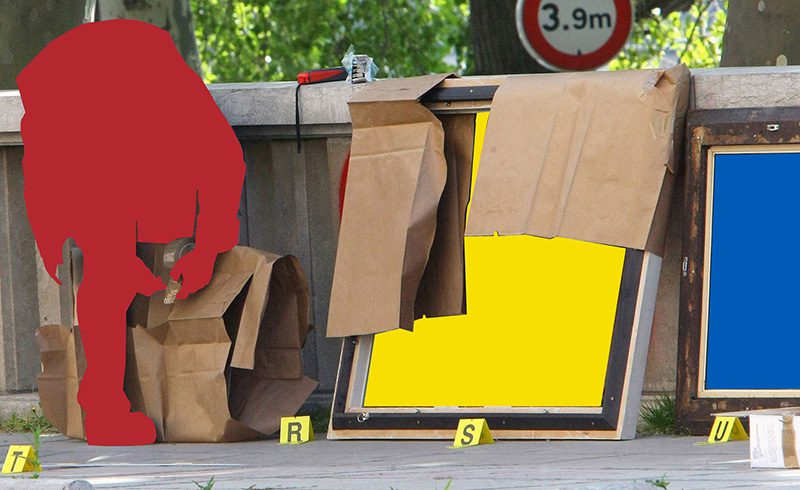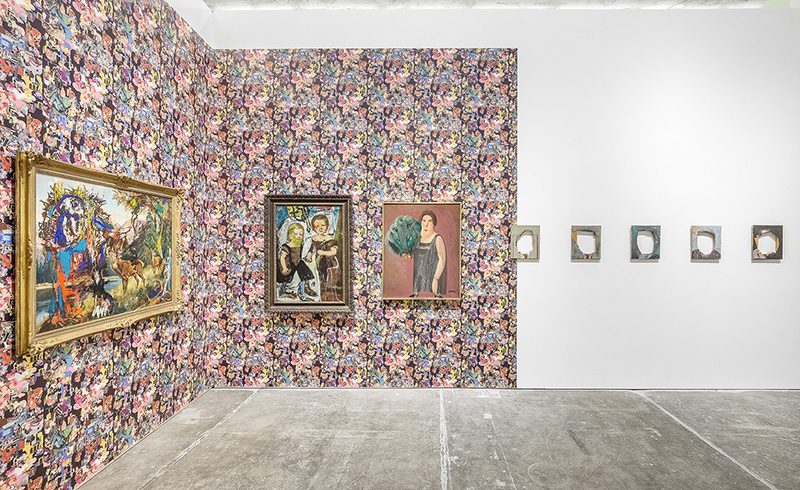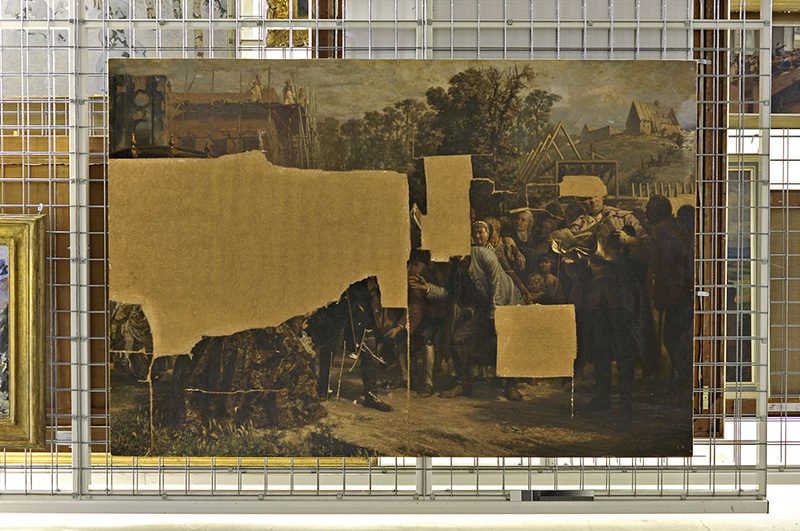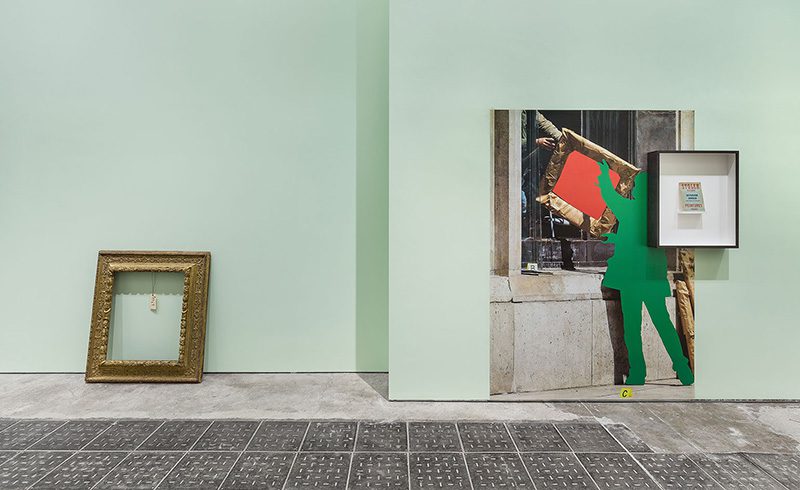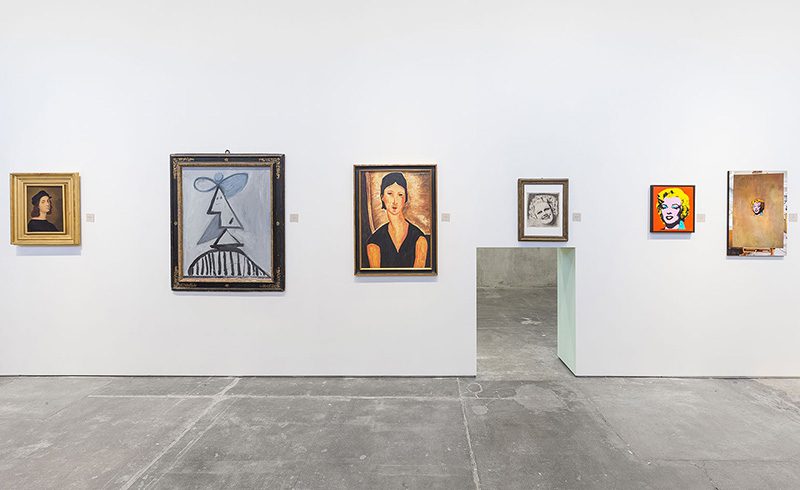ART-PRESENTATION: L’Image Volée at Fondazione Prada
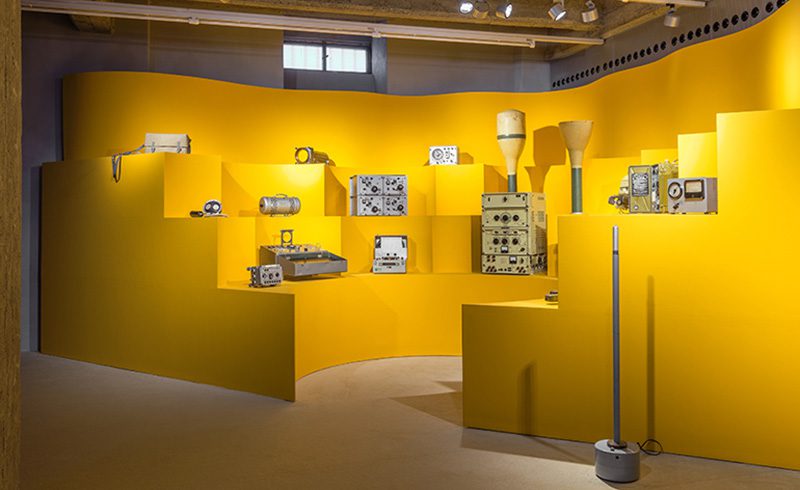 The exhibition “L’Image Volée”, is centered around the common practice of artist’s referencing each other’s work. Focusing on concepts ranging from theft, authorship, annexation, to creative potential thus raising the questions: At what point does appropriation become theft? If an act of theft is artistic enough, is it acceptable? Can any art form exist without borrowing from elsewhere?
The exhibition “L’Image Volée”, is centered around the common practice of artist’s referencing each other’s work. Focusing on concepts ranging from theft, authorship, annexation, to creative potential thus raising the questions: At what point does appropriation become theft? If an act of theft is artistic enough, is it acceptable? Can any art form exist without borrowing from elsewhere?
By Dimitris Lempesis
Photo: Fondazione Prada Archive
The exhibition “L’Image Volée” brings together 90 works by more 60 artists from 1820 to today. The Curator of the exhibition, Thomas Demand is exploring the way we all rely on pre-existing models, and how artists have always referred to existing imagery to make their own. Questioning the boundaries between originality, conceptual inventiveness and the culture of the copy, the exhibition focuses on theft, authorship, annexation and the creative potential of such pursuits. The exhibition has 3 overarching sections. The first section of the exhibition displays works in which the stolen or missing object becomes the scene or evidence of a crime. Included in this section are works that directly echo criminal ideas, such as Maurizio Cattelan’s framed theft report for an immaterial artwork he claimed as robbed “ Senza titolo” (1991). Other works evoke the absence resulting from an act of theft. This leads neatly on to artists who re-make other artists’ artwork like, “Richter-Modell (interconti)” (1987), a painting by Gerhard Richter that was transformed into a coffee table by Martin Kippenberger. The second part of the exhibition analyzes the logic behind appropriation within the creative process. This section begins with the concept of counterfeiting and falsification. The exhibition moves on to explore practices that are close to Appropriation Art. Other artworks are improvements’ or modifications of preexisting images. This section continues with a group of works in which the artists borrow elements from another medium or language, or decontextualize the images themselves. The third part of the show is installed in the lower level of the Nord gallery, marking the first time this area has been used as an exhibition space. This final, subversive part of “L’image volée” deals with the production of images which, by their very nature, reveal hidden aspects on a private or public level. John Baldessari, in his installation “Blue Line (Holbein)” (1988), inserts a hidden camera that produces stolen images of visitors inside an adjoining space, calling into question the role of the spectator. Another cluster of works develop considerations on public or openly political issues. Christopher Williams in “SOURCE…” (1981) reveals unofficial perspectives on institutional communication, by selecting four archive photographs of John Fitzgerald Kennedy that portray the American President from behind, and therefore considered inappropriate for public circulation at the time. The final part of the exhibition presents an exhibition within the exhibition, featuring spy tools used by the GDR and the Soviet Union on their citizens, technological instruments capable of breaking down the barriers of the private sphere, selected for the prophetic beauty of their rational design as related to contemporary computers and smartphones.
Info: Curator: Thomas Demand, Fondazione Prada, Largo Isarco 2, Milan, Duration: 18/3-28/8/16, Days & Hours: Mon & wed-Thu 10:00-19:00, Fri-Sun 10:00-21:00, www.fondazioneprada.org
